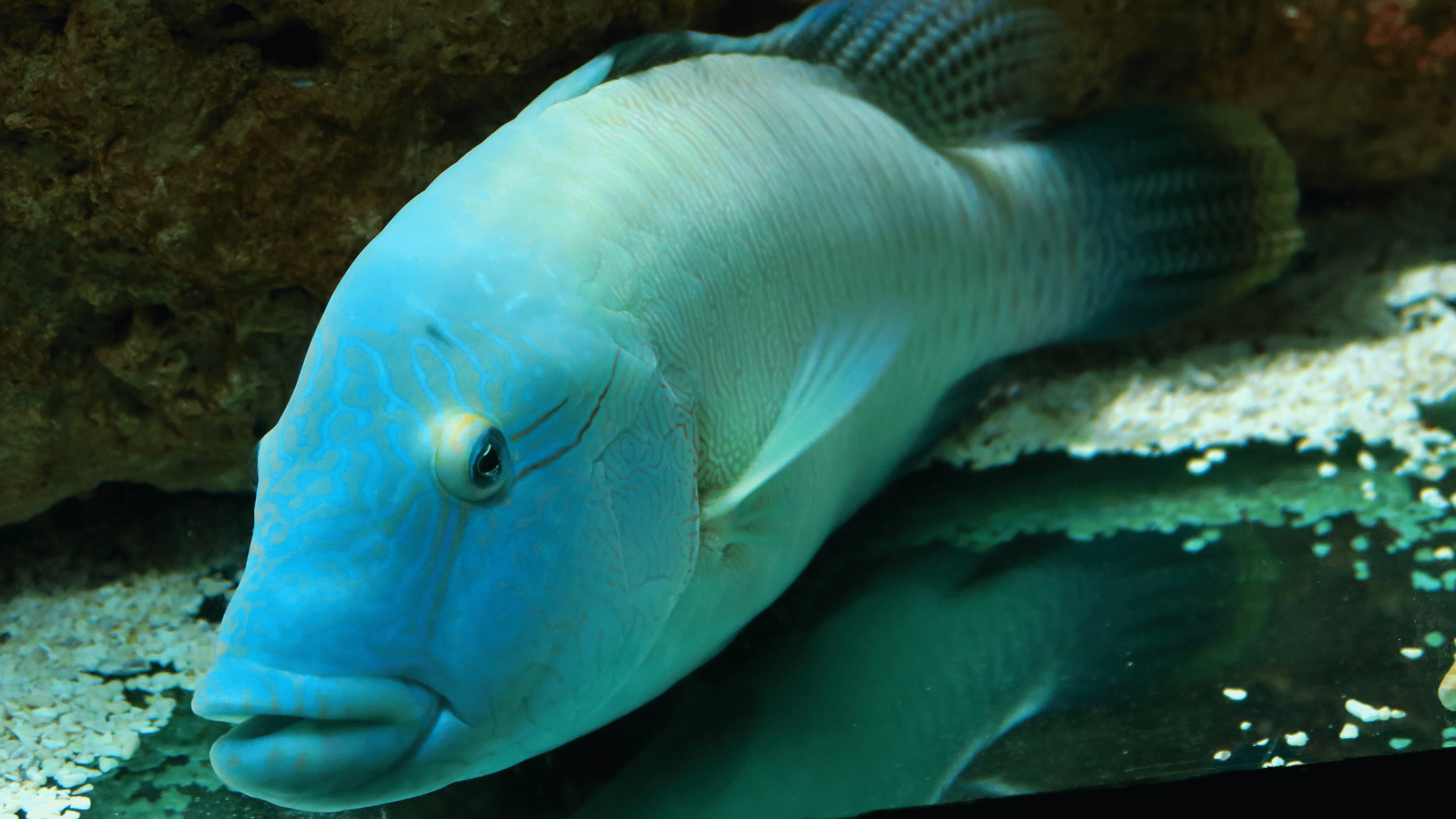Red pandas, also known as lesser pandas or “firefoxes,” are small, arboreal mammals native to the forests of the Himalayas and southwestern China. While they are beloved by many for their distinctive appearance and playful behaviours, red pandas are endangered species due to many reasons but few of them listed below.
What are Endangered Species?
An Endangered species is a species of animal, plant or another organism that is a risk of becoming extinct. This means that there are very few individuals of the species left in the wild, and their populations at declining at an alarming rate. Endangered species are threatened by a variety of factors including habitat loss, poaching, pollution and climate change.
How Many Red Pandas are Left in the World?
Due to their scattered groups, determining the exact number of red pandas is challenging, but the World Wildlife Fund (WWF) suggests there are likely fewer than 10,000 remaining in their natural habitats. The International Union for Conservation of Nature (IUCN) Red List categorizes them as endangered, with their numbers on the decline, as per the most recent evaluation. It’s thought that their numbers have fallen by 40% in the last two decades.
Reasons Why Red Pandas are Endangered?

Here’s a closer look at some of the reasons why red pandas are at risk of extinction:
1. Habitat Loss
One of the main threats to red pandas is habitat loss. As human populations continue to grow, more and more forests are being cleared for agriculture, logging, and development. This is particularly true in the regions where red pandas live, which are also home to some of the fastest-growing human populations in the world.
2. Poaching
Red pandas are also at risk from poaching, as their distinctive reddish-brown fur is highly prized in some parts of the world. In addition to being hunted for their fur, red pandas are sometimes captured and sold into the exotic pet trade.
3. Climate Change
Climate change is also a major threat to red pandas. As temperatures rise, the forests where red pandas live are becoming increasingly fragmented and degraded, making it more difficult for these animals to find food, shelter, and suitable breeding habitats.
4. Competition with Livestock
Another threat to red pandas comes from competition with livestock. As human populations grow, more and more livestock are being raised in the regions where red pandas live. This can lead to overgrazing, which can hurt the plants that red pandas rely on for food.
5. Low Reproductive Rates
Red pandas are also at risk due to their low reproductive rates. Female red pandas typically only give birth to one or two cubs every two years, and these cubs are highly vulnerable to predation and other threats. This means that even small declines in the red panda population can have a significant impact on the species’ overall survival.
Conclusion
In conclusion, red pandas are an endangered species due to a combination of factors, including habitat loss, poaching, climate change, competition with livestock, and low reproductive rates. While there are efforts underway to protect these animals and their habitats, more needs to be done to ensure that red pandas can continue to thrive in the wild for generations to come.






